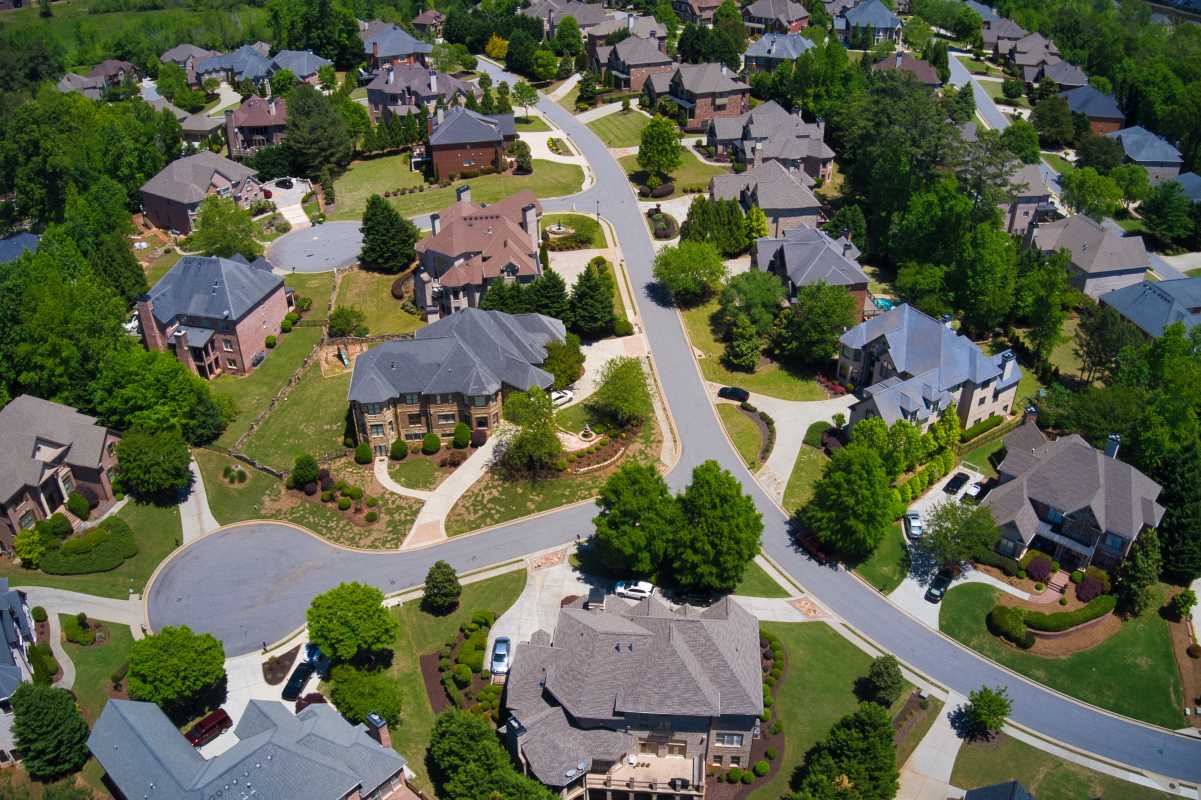People naturally want to support those living nearby, but many wonder where to begin. Building strong connections among neighbors takes time, trust, and regular interaction. Gathering together for a shared purpose, such as forming a neighborhood watch, brings people closer while promoting a safer environment for everyone. These groups combine friendly meetings with organized efforts, making it easier for neighbors to rely on one another. By working together, residents create a sense of belonging and strengthen their community’s overall well-being. Discover how starting a neighborhood watch can turn everyday streets into places where cooperation and watchfulness become second nature.
Building Shared Ownership
When everyone pitches in, personal stakes increase and engagement deepens. Instead of treating safety as a standalone project, see it as a community craft. Each member brings unique strengths—someone might excel at mapping out patrol zones, another at rallying volunteers for evening rounds. As tasks rotate, no one feels overwhelmed, and local pride grows. Turning common areas into collective problem-solving hubs builds trust faster than a top-down announcement ever could.
Clear roles help neighbors step up confidently. Instead of vague suggestions, assign tasks like “liaison for emergency updates” or “social coordinator” to specific individuals. Rotate these roles quarterly so everyone develops skills and the group stays resilient if someone moves away. This shared ownership creates a cycle of fresh ideas and ongoing participation.
Cultivating Local Resilience
Resilience depends on preparation and adaptability. Imagine a sudden power outage: a watch group with communication channels already tested can mobilize street-by-street check-ins, ensuring no one feels isolated. Establish multiple ways to share updates—group texts, neighborhood bulletin boards, or a private social media circle—and practice safety drills twice a year. These small exercises turn uncertainty into confident action when challenges come up.
Encourage neighbors to identify resources beyond obvious ones. A resident who teaches self-defense might offer free weekend workshops. A family with a spacious garage could host equipment storage for reflective vests and flashlights. Mapping these assets makes creative use of existing community strengths, reducing the need for outside funding. Weave adaptability into every step, so your network remains flexible under unexpected pressure.
Steps to Launch Your Watch Group
- Organize a Kickoff Meeting
- Purpose: Bring participants together around shared goals.
- Steps:
- Send personalized invitations door-to-door.
- Reserve a local community center or porch space.
- Outline the agenda with introductions, neighborhood concerns, and role assignments.
- Collect contact info into a shared directory.
- Cost/Metric: Free if held on public property; track attendance to measure interest.
- Insider Tip: Offer light refreshments sourced from volunteers’ kitchens to spark casual conversation before diving into details, helping new faces feel welcomed.
- Communication Channels
- Purpose: Provide quick updates during incidents.
- Steps:
- Choose at least two platforms (e.g., SMS group, neighborhood forum).
- Test message delivery among core members.
- Draft templates for common alerts (suspicious activity, weather warnings).
- Schedule monthly check-ins to confirm everyone still receives notices.
- Cost/Metric: Most social apps are free; monitor read-receipts or reply rates to gauge reliability.
- Insider Tip: Encourage participants to mute nonessential notifications and set distinct alert tones for urgent messages to avoid fatigue.
- Patrol Scheduling
- Purpose: Cover all streets with consistent presence.
- Steps:
- Map your block into manageable zones.
- Assign two-person teams for each shift.
- Create a shared calendar indicating patrol dates and times.
- Confirm assignments weekly to prevent no-shows.
- Cost/Metric: Zero cost; measure success by hours patrolled per week.
- Insider Tip: Slot in shorter “coffee patrols” at dawn for those with early routines, aligning shifts with natural schedules.
- Resource Inventory
- Purpose: List useful gear and skills among residents.
- Steps:
- Distribute a survey asking about items like flashlights, safety cones, or first-aid kits.
- Record residents with specialized skills (medical training, home security experience).
- Create a shared digital spreadsheet.
- Assign custodianship so equipment remains in top shape.
- Cost/Metric: Minimal printing or online form fees; track the number of available items versus households.
- Insider Tip: Hold a quarterly “gear check” barbecue where neighbors swap or demo tools in a relaxed setting.
- Incident Reporting Protocol
- Purpose: Standardize alerts to authorities and neighbors.
- Steps:
- Draft a simple form capturing date, time, location, and description.
- Train at least two members on filing official reports.
- Share anonymized summaries with the group within 24 hours.
- Rotate report-writing duties to ensure continuity.
- Cost/Metric: Free templates available online; measure law enforcement response times.
- Insider Tip: When safe, pair written reports with photos or sketches—visual details can speed up follow-up and add context for team discussions.
Sustaining Momentum with Community Tools
Boost grassroots safety efforts with simple, shared tools like digital maps, group chats, and patrol sign-up calendars. Pair these with local resources—reflective vests, safety pamphlets, or trial safety apps—to keep participation high. By combining easy tech with in-person collaboration, neighbors build a lasting, adaptable network where safety is everyone’s responsibility.
 (Image via
(Image via.jpg)





